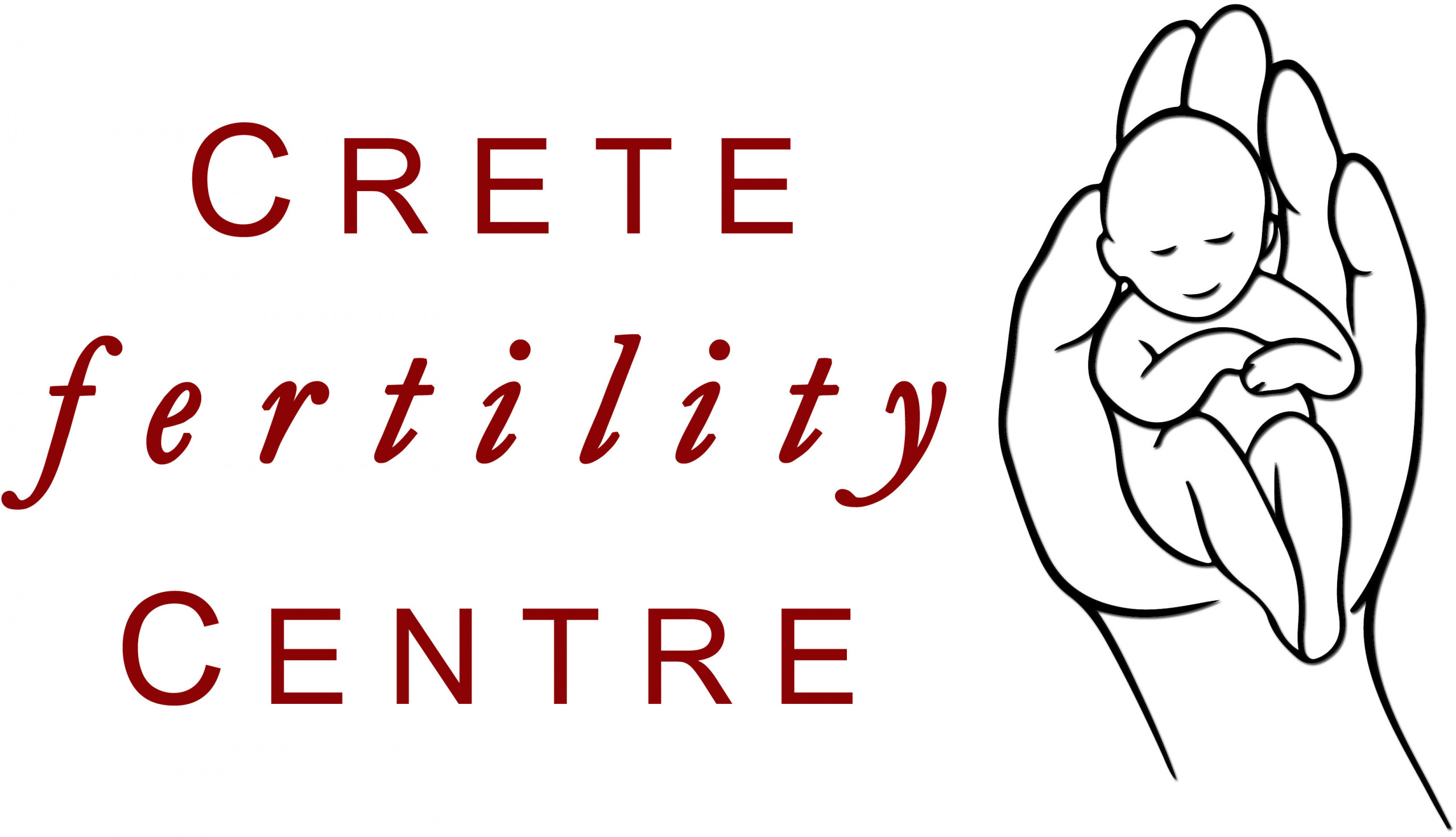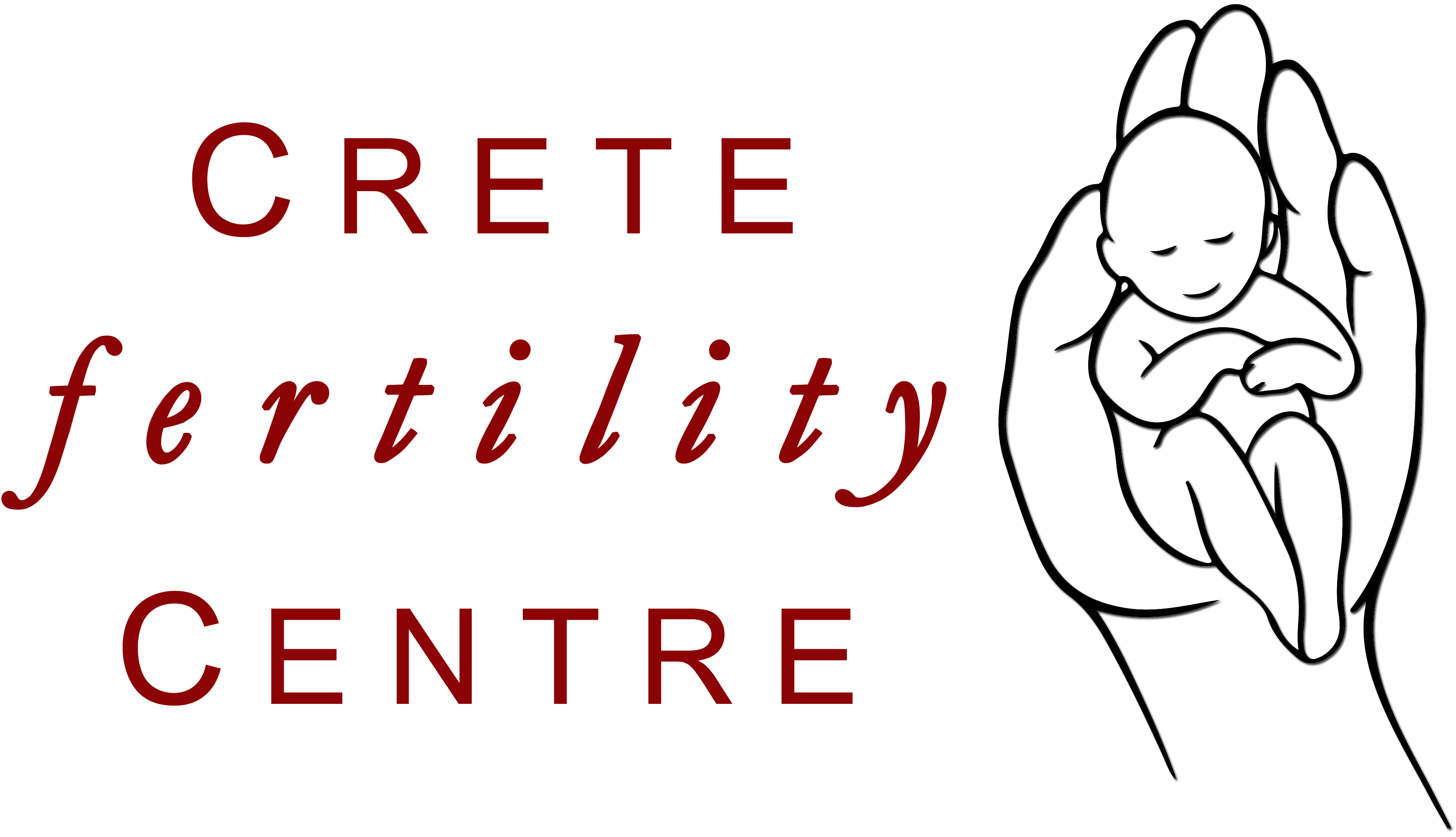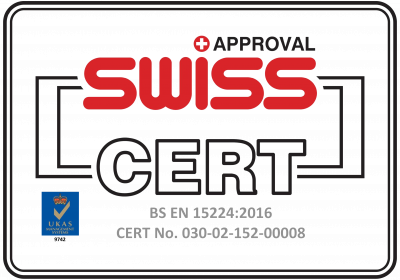Ovarian Stimulation – Ovulation Induction
There are two different methods of ovarian stimulation (ovulation induction). The first is used for women who are not ovulating spontaneously (irregular or infrequent menstruation). In such cases, the aim is to stimulate the release of one egg a month. This is most easily done by prescribing fertility pills. If this medication is not effective, then injections of a small dose of gonadotropins may be necessary.
In the second situation, the woman is ovulating spontaneously but has unexplained infertility or her partner has mild male-factor infertility. In such a case, the aim of ovulation induction is to stimulate the production of 2 to 4 large follicles, so that several eggs will be released. This is most easily achieved by injections of gonadotropins. This treatment is combined with intra uterine insemination (IUI) to bring the sperm closer to the egg.
All women using these medications are monitored with vaginal ultrasound scans to observe the response of the follicles in the ovary. Once the leading follicle(s) reaches 18 mm in diameter, the egg is considered mature and ready for ovulation. You may need 2 to 4 scans during one treatment cycle. The different drugs used for ovarian stimulation are:
- Clomiphene Citrate
- Gonadotropins (FSH and LH): Gonal F, Puregon
- Human Chorionic Gonadotropins (hCG)
- Pregnyl (injection)
FSH injections
Your IVF doctor will prescribe a carefully controlled dose of FSH and other hormones. Your doctor will carefully monitor the effect of these hormones and the aim is to bring maturity to as many of your follicles as possible, while preventing them from ovulating prematurely.
At Crete Fertility Centre, we check a woman’s estrogen level after 3 or 4 days of stimulation. If there does not seem enough response, the dose of FSH can be increased. If the response has been too speedy, the dose can be reduced.
Women have their first ultrasound after 4-7 days of stimulation. Your IVF doctor will carefully monitor your follicles with ultrasound. The need for further monitoring will be determined by a woman’s individual response and may require blood tests and ultrasound every other day until the follicles reach 18-20mm in diameter, large enough to contain a mature egg.
Natural cycle IVF
It is possible to have an IVF cycle without having any hormone treatment. During a “natural cycle” just one egg is collected for Fertilisation in the laboratory.
Triggering ovulation
Using hCG (human chorionic gonadotrophin) to replace the natural LH surge sets in motion everything that makes ovulation happen.
It takes just over 38 hours for ovulation to occur after an injection of hCG (Pregnyl). Eggs are mature and can float free from about 34 hours after hCG, giving a four-hour window for egg retrieval, which is scheduled 36 hours after the hCG injection.




